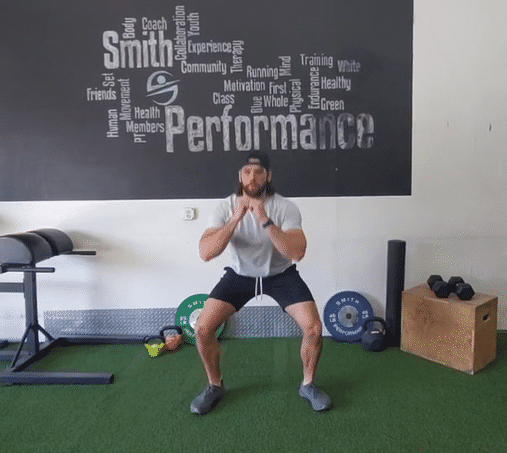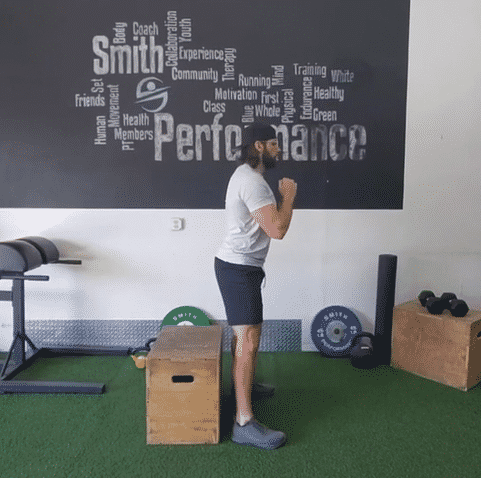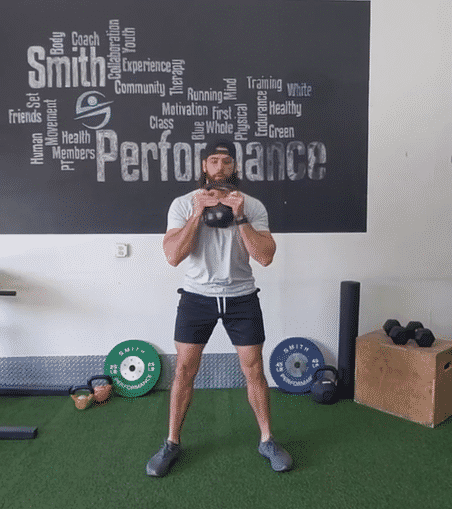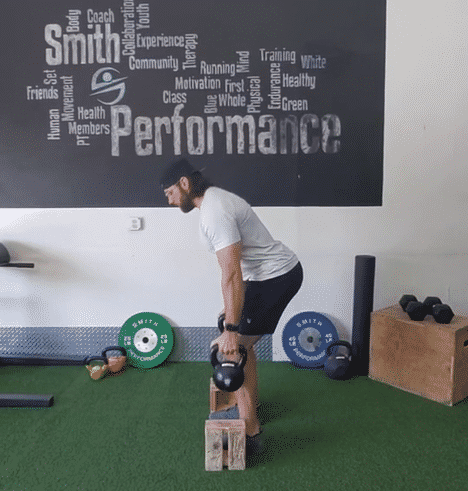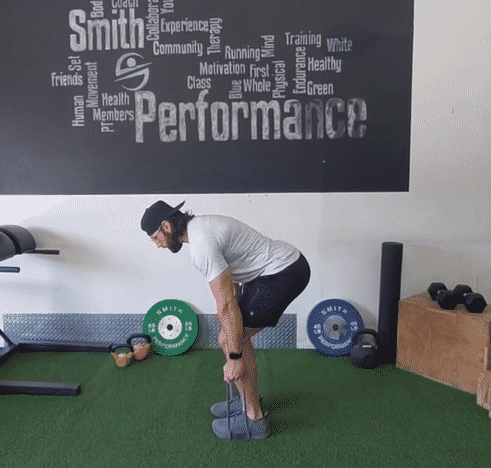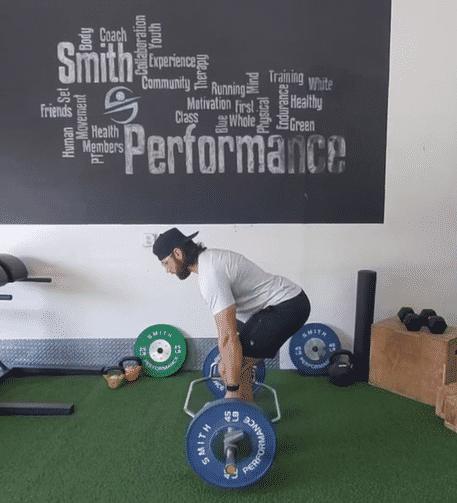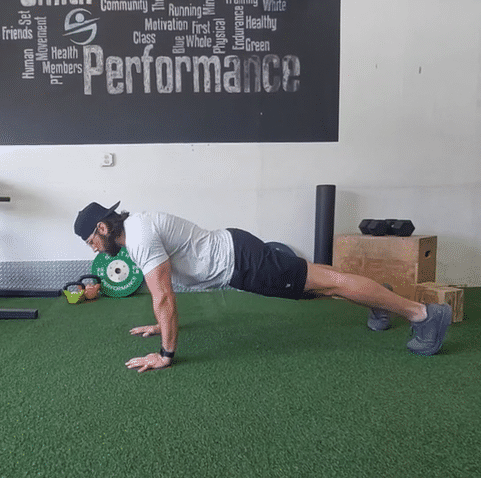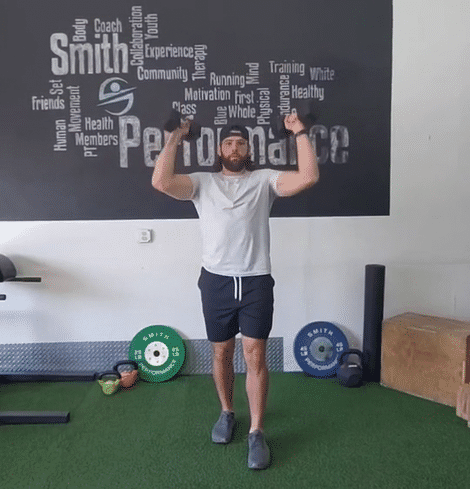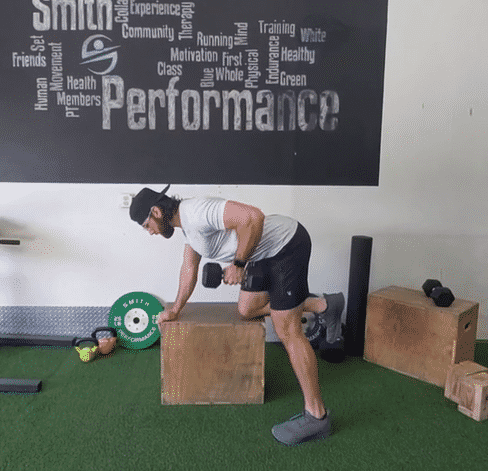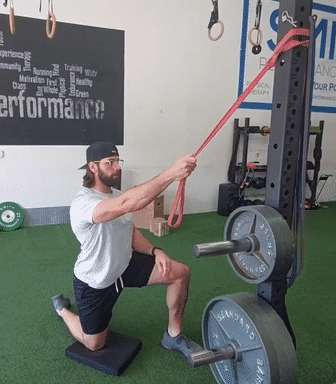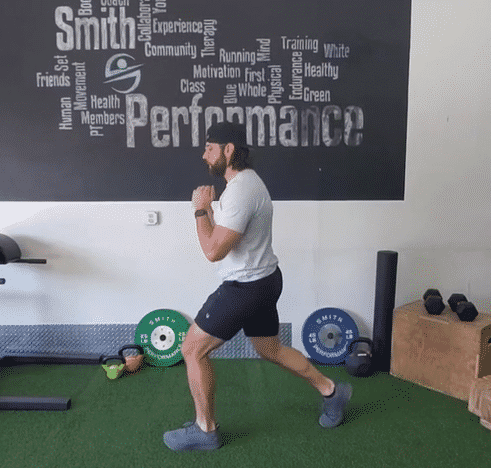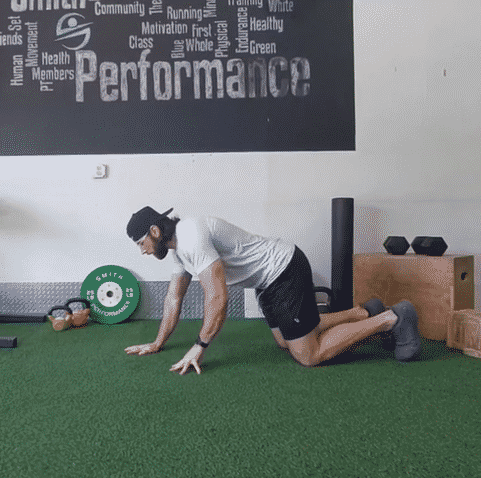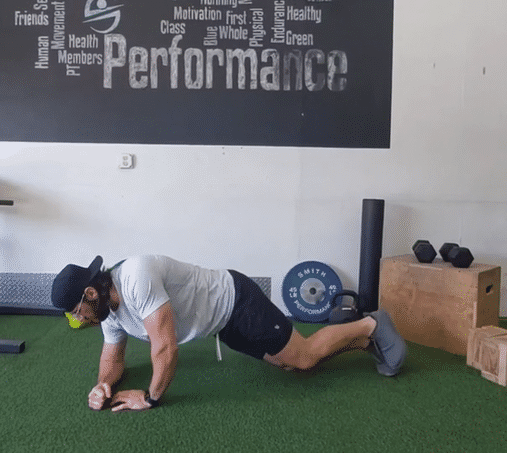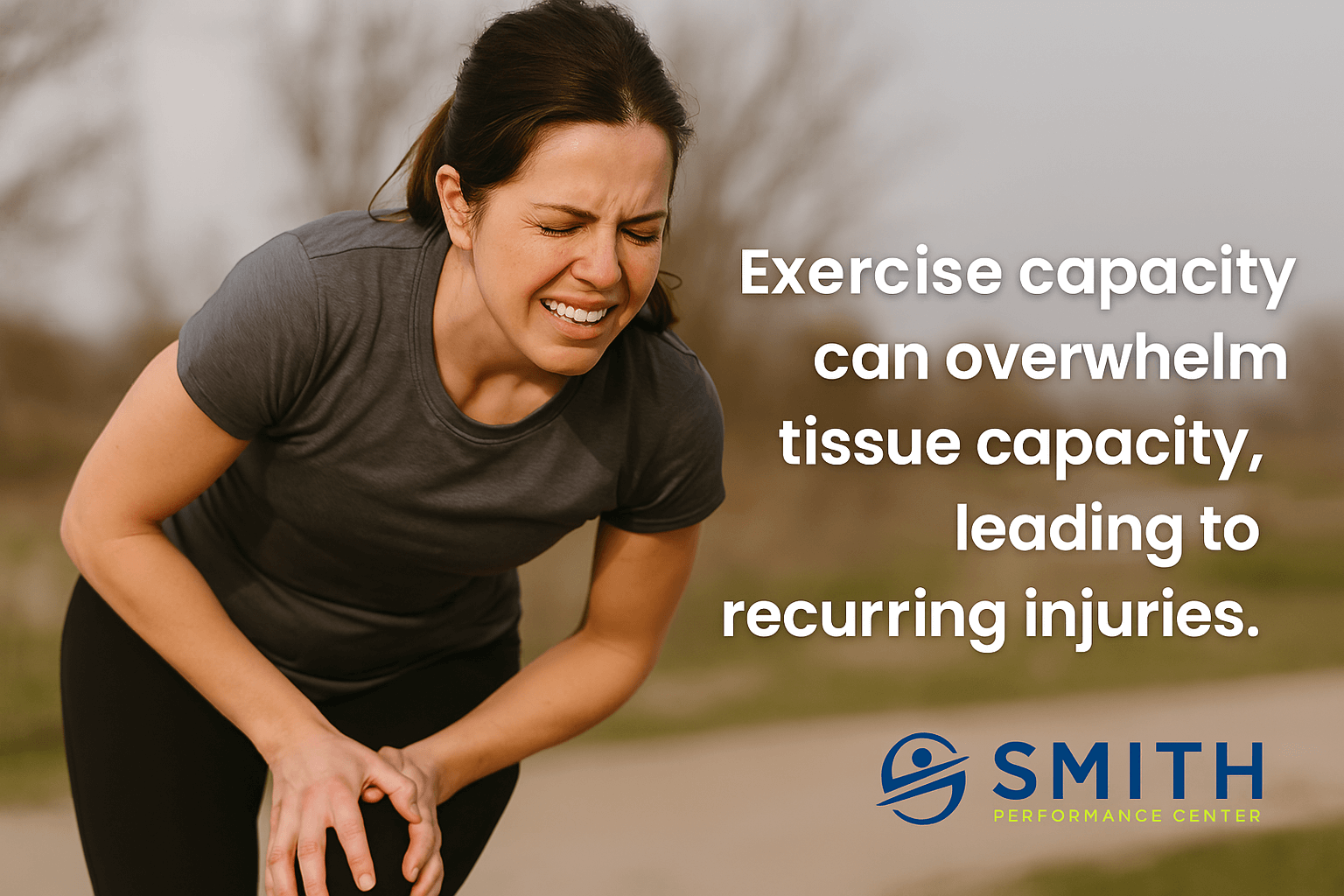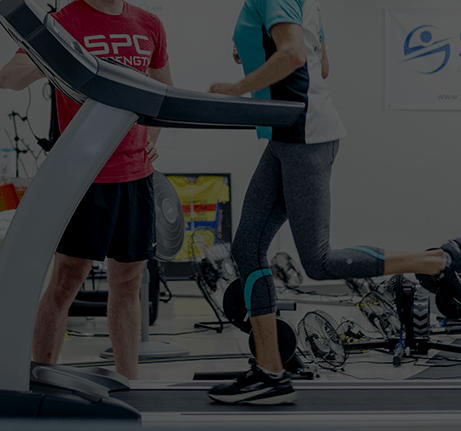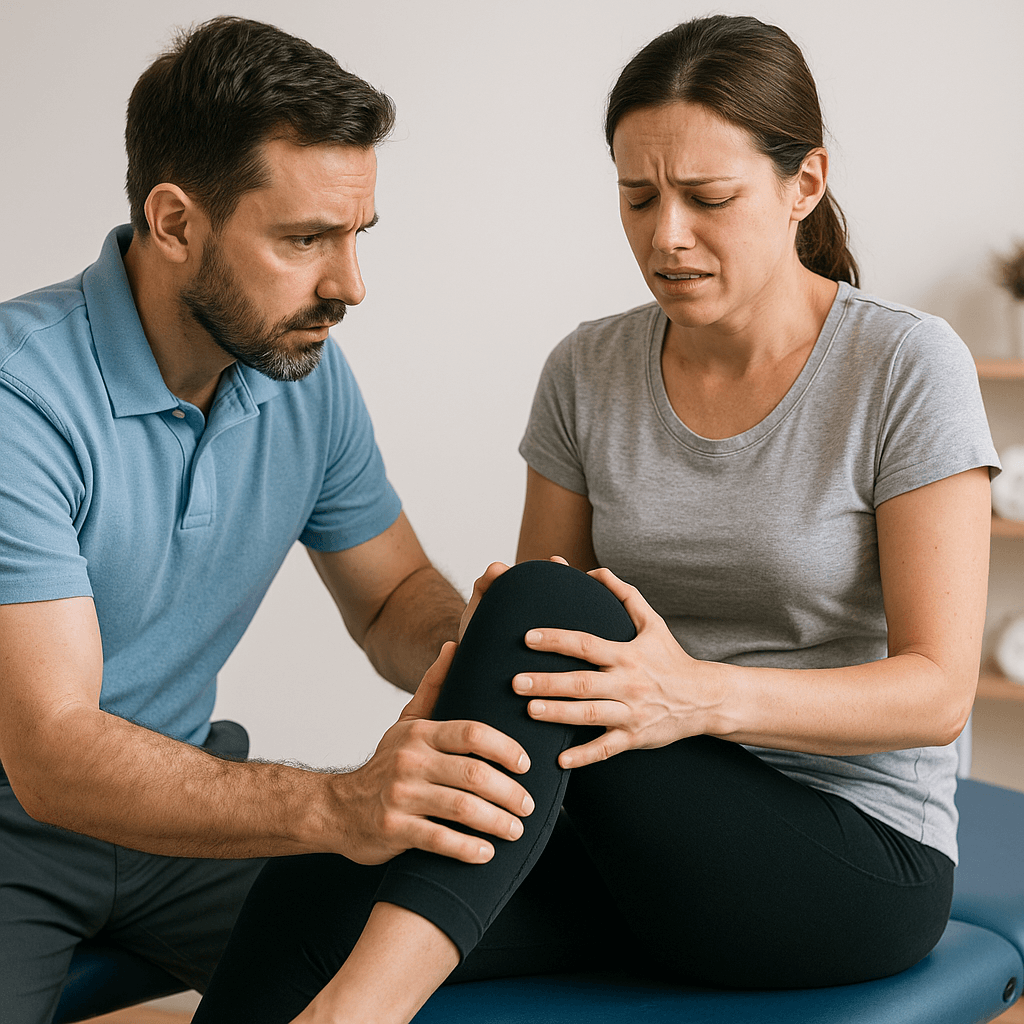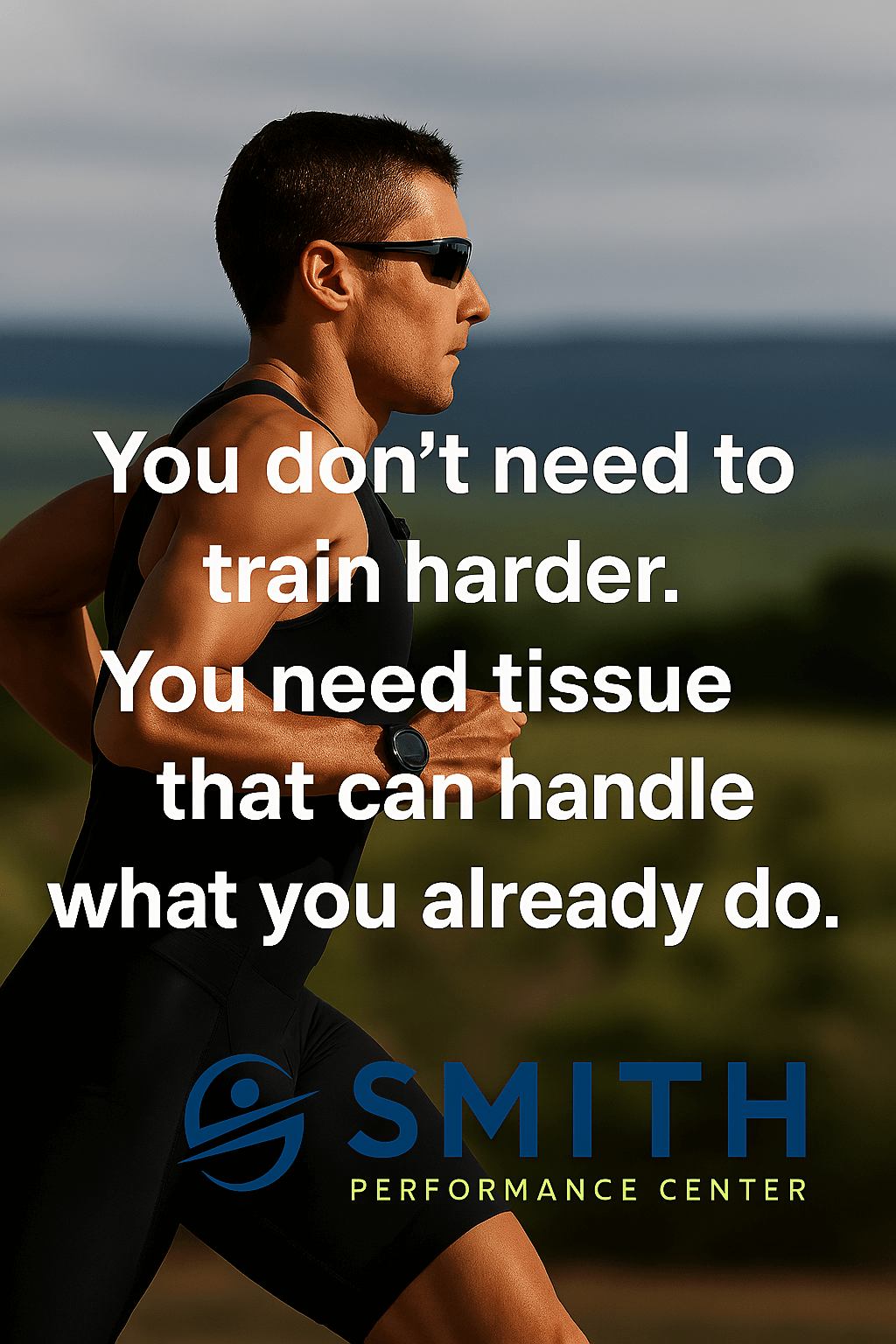A mistake in exercise programming that our team encounters is a heavy emphasis on variety in exercise, instead of movement pattern mastery.
Our team does not focus on an endless array of exercises. The focus is on building depth in foundational movement patterns. These patterns make up every movement you perform when lifting. If these foundational movements are missing, advanced exercises will be wasted on poor form.
You need to own the basic movements first.
During the movement assessment, the 6 foundational movement patterns are assessed with 6 functional exercises from each movement pattern category.
The 6 functional exercises help our coaches determine your coaching need, if you have a tissue capacity issue (rehab standard), your comfort level with free weights, and what is the right level of programming. For example, an individual when starting a program may be ready to begin squatting with kettlebells for extra load while another person may need to begin with sit-to-stands to avoid irritating their knee. It depends on the individual and what will keep them moving, pain-free, and provide a training response.
There are 6 functional exercises that represent the foundational movement patterns:
Squat – Lower body press
Deadlift – Lower body pull
Push up – Upper body push
Single Arm Bent Over Row – Upper body pull
Split Squat – Split leg
Plank – Core control
Lower Body Press
The lower body press is best characterized by the squat.
You start in a standing position and descend to the ground by bending at the hips, knees, and ankles while stabilizing the core.
If the depth is an issue, starting with a sit-to-stand instead can help to develop your eccentric control.
We can load the squat in a variety of methods including a kettlebell or dumbbell in a goblet position.
Lower Body Pull
The lower body pull is best characterized by the deadlift.
You start in a standing position. You hinge at your hips and descend to grab the kettlebells from the stand. While keeping your core engaged, you ascend by extending your hips and knees.
If this is not tolerated or the hinge needs to be improved, we can use the banded deadlift.
We can increase the load or progress to a trap bar or straight bar deadlifts.
Upper Body Push
The upper body push includes two divisions of movements: vertical and horizontal.
The horizontal movement is best characterized by the push-up and flat bench press.
The vertical movement is best characterized by the shoulder press.
Upper Body Pull
Like the push, the upper body pull includes two divisions of movements.
The horizontal movement is best viewed by the banded row and bent over single arm row.
The vertical movement includes pull-ups, chin-ups, and single-arm lat pull-downs.
Split Leg
The lower body split leg movement patterns ask the body to balance and perform a different movement with each leg.
You can best see this with the split squat.
Control of the split leg position allows you to move into a variety of lunging and single-leg challenges.
Core Control
Core control is composed of 3 divisions: sagittal, frontal, and transverse.
We want to see that you can keep the core controlled while loading it. You can best characterize these by the front plank and side plank.

